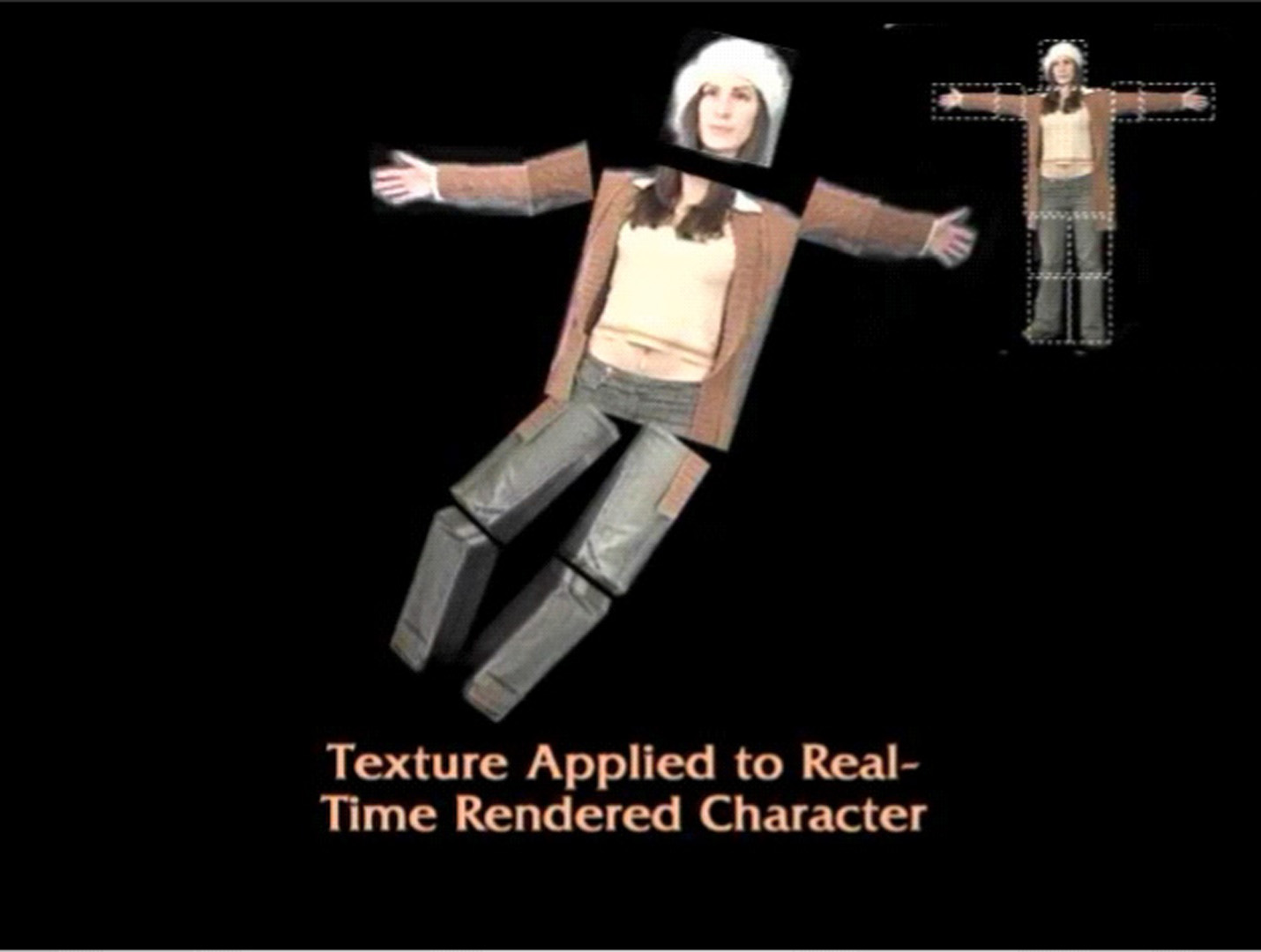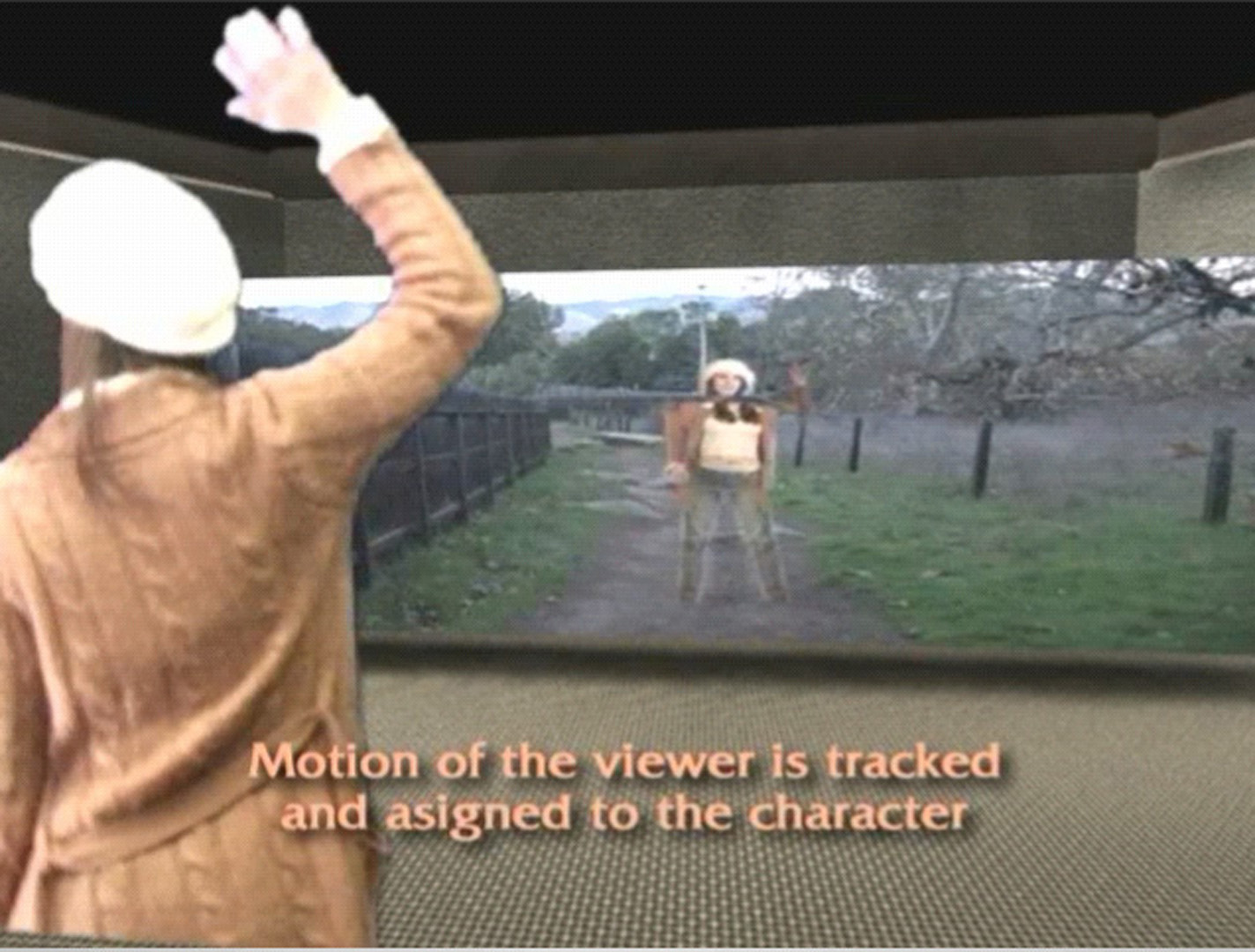“Summoning the Ghosts of Globalization: Using invention & immersion to teach about media, image & culture.” by Gillette, Lovaglio and Elsdon
Conference:
Type(s):
Title:
- Summoning the Ghosts of Globalization: Using invention & immersion to teach about media, image & culture.
Presenter(s)/Author(s):
Abstract:
The idea of the camera obscura has been with us since Aristotle, and has been a component of the visual arts in the East and the West for hundreds of years. As used in England and the United States in the 19th century, a camera obscura was a dark room inside of which viewers could gather to view a projected image of a selected view of the world outside. To continue attracting paying audiences, camera obscura operators started creating pantomime dramas that were performed outside to then be projected inside the device. Due to the popularity of the occult at the time, many camera obscura operators connected their “projected pantomime dramas” with séance-like activities inside their devices, thereby directly linking the display of a projected, narrative-based moving image with ghosts, and a visual projection of the invisible and the unknown.
At California Polytechnic State University, San Luis Obispo, a team of two professors and their students have begun early work on a device they call the CompuObscura, a device that updates the ideas and history of the camera obscura. Instead of looking out on the actual environment surrounding the device, the CompuObscura instead peers directly into the real but invisible and ghostly world of moving images that surrounds us all. This parallel world of images exists on the wires of the Internet, on the screens of movie theaters, and in the wireless broadcast of television and computer networking signals. The CompuObscura provides a pinprick view of that world, squeezed down through the focusing lens of the device’s software and hardware then projected on a wall inside the device where audience members will eventually be able to interact with the ghost-like images gathered from the electronic ether of the early 21st century. (See Figure 1. & Figure 2.)





